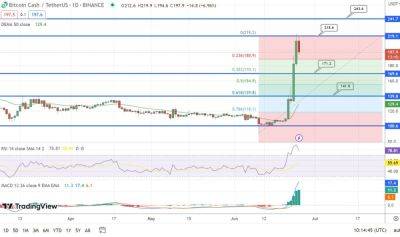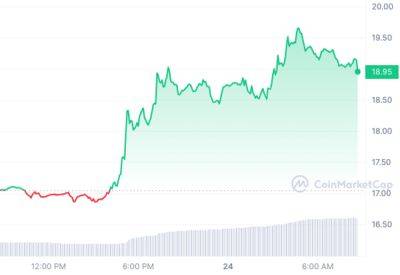This L1 network creates a secure and efficient interoperable network with Bitcoin, Ethereum and more
In a world of different blockchains, interoperability is becoming an increasingly important issue. While many solutions are already connecting the numerous chains, they don’t come without risks.
Different layer-1 blockchains aim to solve this interoperability problem by creating a network with integrated bridges between chains and asynchronous message passing. Using a cross-chain bridge, it’s possible to move value from one chain to another. However, this raises several issues for developers and users. One major issue is the potential for bridge hacks, which have caused billions of dollars in damage in recent years.
In addition, a fragmented blockchain landscape leads to inefficiencies and complexity, exposing additional vulnerabilities. Trading across chains can be costly with rising gas prices and slippage risks. What’s more, bridging solutions can take anywhere from minutes to hours to get a transaction through.
Attacks on bridges account for 69% of total funds stolen in 2022. Source: Chainalysis
ZetaChain, a decentralized layer-1 chain, compatible with the Ethereum Virtual Machine (EVM), aims to make the blockchain industry more interoperable by natively supporting cross-chain bridging of assets, data and liquidity.
ZetaChain’s approach makes it possible to build omnichain decentralized applications (DApps) that allow users to access all of their assets and data from a single platform, regardless of the blockchain they were created or stored on. The increased interoperability and ability to create omnichain DApps could improve user experience, which could, in turn, benefit the adoption of blockchain technology in general.
Furthermore, ZetaChain not only supports smart contract chains like Ethereum but can also integrate
Read more on cointelegraph.com






















